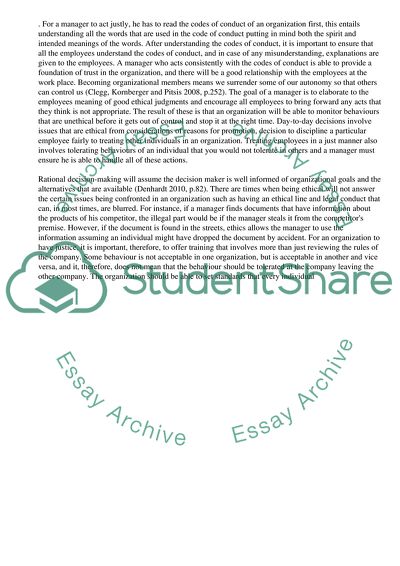Cite this document
(“Organizational Justice Essay Example | Topics and Well Written Essays - 3250 words”, n.d.)
Retrieved from https://studentshare.org/management/1465975-organizational-justice
Retrieved from https://studentshare.org/management/1465975-organizational-justice
(Organizational Justice Essay Example | Topics and Well Written Essays - 3250 Words)
https://studentshare.org/management/1465975-organizational-justice.
https://studentshare.org/management/1465975-organizational-justice.
“Organizational Justice Essay Example | Topics and Well Written Essays - 3250 Words”, n.d. https://studentshare.org/management/1465975-organizational-justice.


